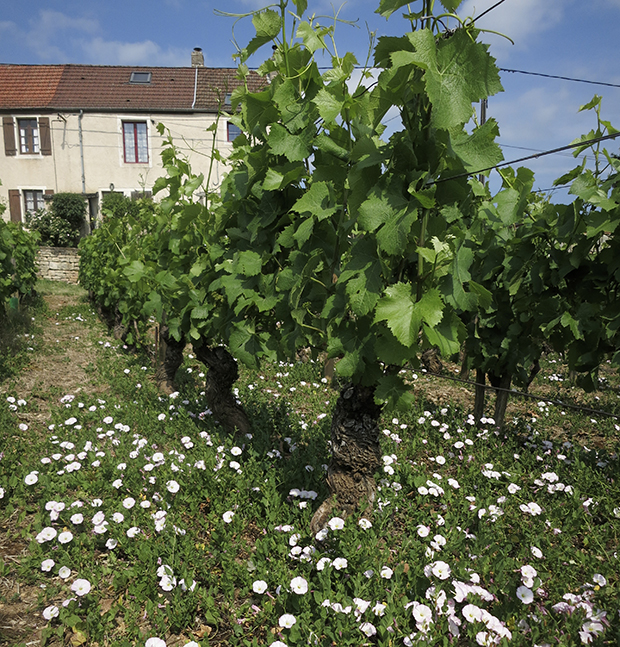The topic of organic and biodynamic winemaking frequently comes up in conversation at the Depot, and I thought I’d take this opportunity to explore it in more detail.
The modern era of organic winemaking dates to the 1970s when winemakers began to realize that over-fertilization of vineyards was resulting in excessive crop production and poor quality. The excessive use of herbicides and pesticides contributed to a monoculture, making vines more vulnerable to disease and insect infestation.
.

Organic winemaking grew out of a rejection of these industrial and interventionist practices. Today organic winemakers limit the use of synthetic materials in winemaking, choosing instead to use ambient yeast from the vineyard, and homegrown compost as fertilizer. Many vignerons allow grasses and other plants to grow between the rows of vines promoting robust and fertile soils.
I like to think of biodynamic winemaking as organic winemaking on steroids. It embraces all of the tenants of organic practices, and adds a celestial component. Based on the teachings of Rudolph Steiner, biodynamic growers consider lunar and astrological influences when planting, and focus on soil preparation techniques that feed nutrients to the soil. One often highlighted (and ridiculed) example is ‘Preparation #500,’ which directs the vintner to place cow manure in a cow horn, bury it in the fall, and then redistribute the manure in the spring. While adherence to the letter of these preparations is varied, the results of biodynamic viticulture are often quite impressive. The improved vineyard health and resulting vibrant wines are proof enough for many.
.

Many winemakers today fall under a nebulous “natural wine” umbrella, adhering to the general principles of organics and biodynamics, if not all of the specific techniques. These vignerons make wine with as little intrusion or intervention as possible. They avoid cultured yeasts and limit the use of sulfur dioxide, which for centuries has been added to wine to prevent oxidation and bacterial growth. In many ways these techniques mimic the way wine was made 1000 years ago, and these wines often trade stability and consistency for purity and complexity.
There is considerable debate in the wine world about the impact of this range of techniques. While no one questions the benefits to vineyard health, the jury is out for many on the contents of the glass. Having enjoyed excellent wines from both natural and traditional sources, I prefer to avoid passing judgment. In the meantime I’ll continue to seek wine made from quality grapes in the hands of a skilled winemaker.
Isaiah Wyner
